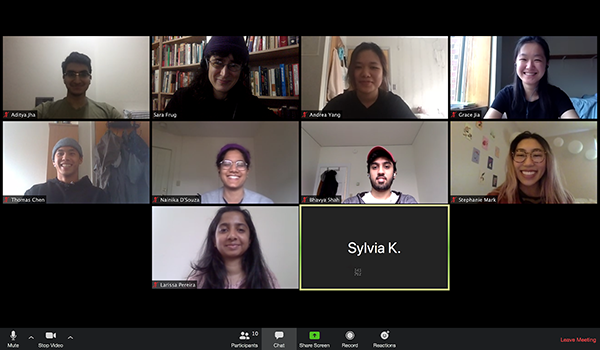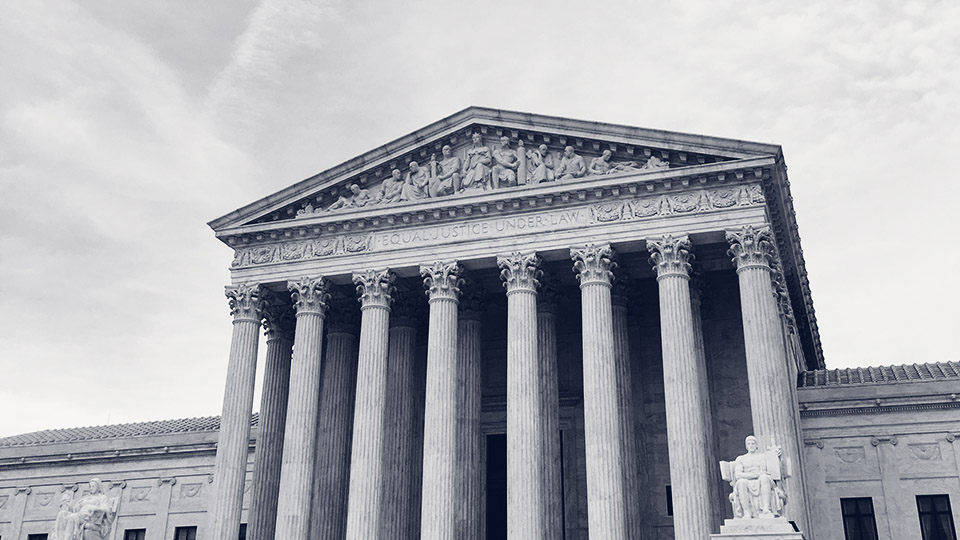Anatomy of a Traffic Spike: Signs of the Times Edition
Rather than focusing on a single incident that spiked traffic to a particular page of our website, we thought we would instead share a slightly broader view of what legal topics are particularly on people’s mind as a result of the COVID-19 pandemic. For pages with more than 10,000 views since April 1st, these are the parts of the law where viewership has more than doubled over the same period last year:
The Constitution: Always one of our busiest pages, the First Amendment is seeing about 125% as much traffic as it did this time last year. The Twenty-Fifth Amendment is up just under 200%, and the Tenth Amendment shows an increase in viewership of 821%. The Constitution Annotated (CONAN) entry for the Tenth Amendment is up 2705%. Other popular parts of CONAN this month are “The Right to Travel” in section one of the Fourteenth Amendment, which is up 1168%, and also “Martial Law and Constitutional Limitations” in section two of Article Two, which is up 5276%. Our Wex entry on executive power was up 214%, and the entry on the Fifth Amendment was up 113%. (The Fifth Amendment itself, while the 15th most popular page on the website in April, was only viewed about a third more often than usual.)
The Supreme Court: A Supreme Court case from 1905 was viewed 4,316% more times in April of 2020 than in April of 2019. In Henning Jacobsen v. Commonwealth of Massachusetts, the Supreme Court upheld a mandatory vaccination law against a challenge under the Fourteenth Amendment. Of the more than 13,000 views of this page in April, 4653 of them arrived from this CNN article. About as many, 4,500, came from a link in an email. Perhaps teachers were asking students to read and think about the arguments for and against mandatory vaccinations? (We like when that happens!)
The U.S. Code: Surprisingly, only one section of the U.S. Code met the criteria for inclusion in this article. That section, 15 USC 632, establishes the legal definition of a “small business” under federal law. Viewership was up almost 7,000%.
The Code of Federal Regulations: Regulations governing small businesses were also heavily trafficked. In 13 CFR, for example, the section addressing eligibility for loans from the Small Business Administration was viewed almost 33,000 times in April, a leap of more than 38,000% from this time last year. Another section addressing small business loans saw almost 30,000 viewers, an increase of 28,391%. Other related parts of those regulations saw jumps of 18,000%, 3,628%, 2500%, and 2250% as well. Sadly, the most viewed page in the entire CFR in April dealt with federal unemployment insurance. That section, 20 CFR 625.6, was viewed only 27 times in April of 2019, but has been viewed almost 85,000 times this April. That’s an increase of more than 300,000%.
That’s a very somber note to end on. All we can say is that we will continue to pay attention to the needs of our users and try to build features and resources to help them run their businesses and live their lives in good times and bad.
We appreciate what you do to help us help them.






